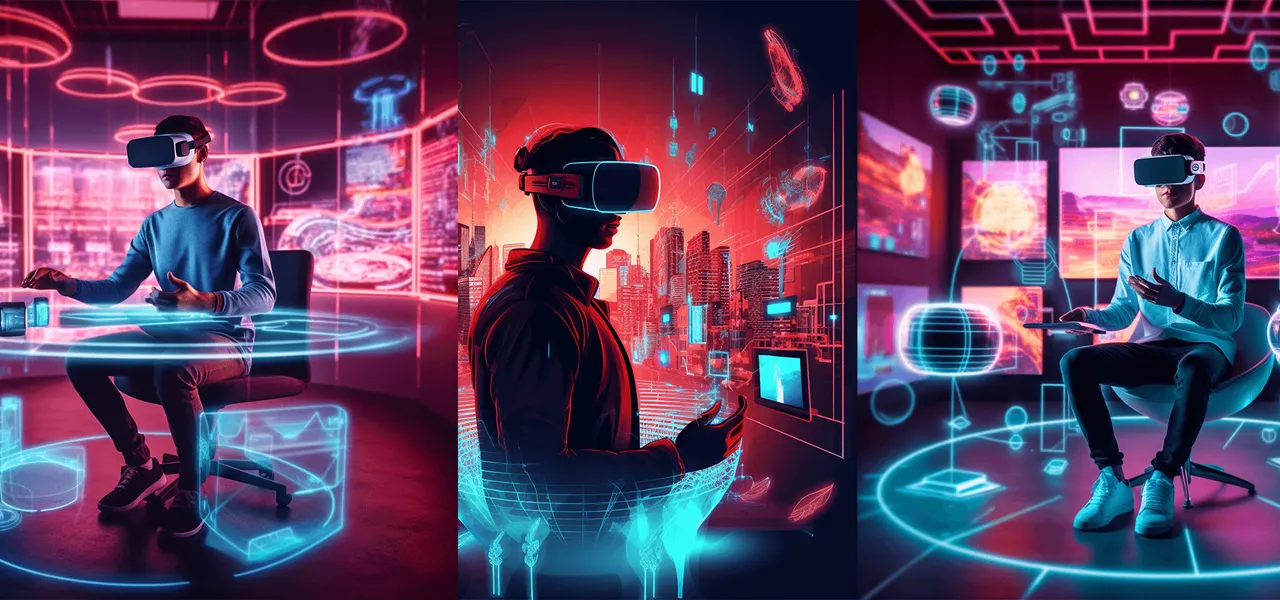
Advanced game design becomes a vital component in creating the immersive stories that draw players from all over the world in the gaming industry, where interactive experiences and narrative collide. Games today provide complex universes, compelling characters, and emotional journeys on par with books and movies; they are no longer only for entertainment. Sophisticated game design, a comprehensive strategy that enhances immersion, player participation, and narrative depth, lies at the core of this advancement.
Creating dynamic and responsive game environments is one of the primary ways that improved game design adds to immersive storytelling experiences. Advanced design approaches enable dynamic, live backgrounds that respond to player decisions and activities, as opposed to traditional games' static backdrops. Players are immersed in an environment that looks to be alive and reacts to their every move, whether it's shifting weather patterns in an open-world adventure or the repercussions of moral decisions in a role-playing game.
Furthermore, sophisticated game design makes it easier to include narrative components into gameplay mechanisms. Designers may include tales into the gameplay itself, eliminating the need for cutscenes or conversation entirely. Players get more emotionally invested in the story as it progresses because to this integration, which also keeps them interested. To create a sense of immersion and discovery, a platformer game can, for instance, use environmental storytelling, in which players solve puzzles to learn more about the past of the game world as they advance through the stages.
Moreover, advanced game design empowers developers to explore innovative narrative structures and storytelling techniques. From non-linear narratives that branch based on player choices to emergent stories that evolve organically from gameplay interactions, the possibilities are limitless. By breaking away from linear storytelling conventions, games can offer players agency and ownership over their narrative experiences, leading to greater emotional resonance and replay value.
In addition, contemporary game design enables the development of complex, multifaceted characters that engage players on a deeper level. With the use of nuanced speech systems, lifelike facial animations, and compelling character arcs, gamAs the game goes on, players form links with the characters not just via their deeds but also through their relationships and personal growth.es have the potential to inspire empathy and emotional connection in ways that weren't previously possible.
In conclusion, advanced game design is essential to realizing the potential of fully immersive narrative experiences in video games. Designers have the ability to transport players to rich and engaging worlds that blur the boundaries between fiction and reality through the creation of dynamic environments, the integration of storytelling into gaming mechanics, the exploration of novel narrative structures, and the creation of multi-dimensional characters. With the constant advancement of technology and the constant pushing of creative boundaries, the future of game narrative appears to be more promising than ever.
Posted using Honouree